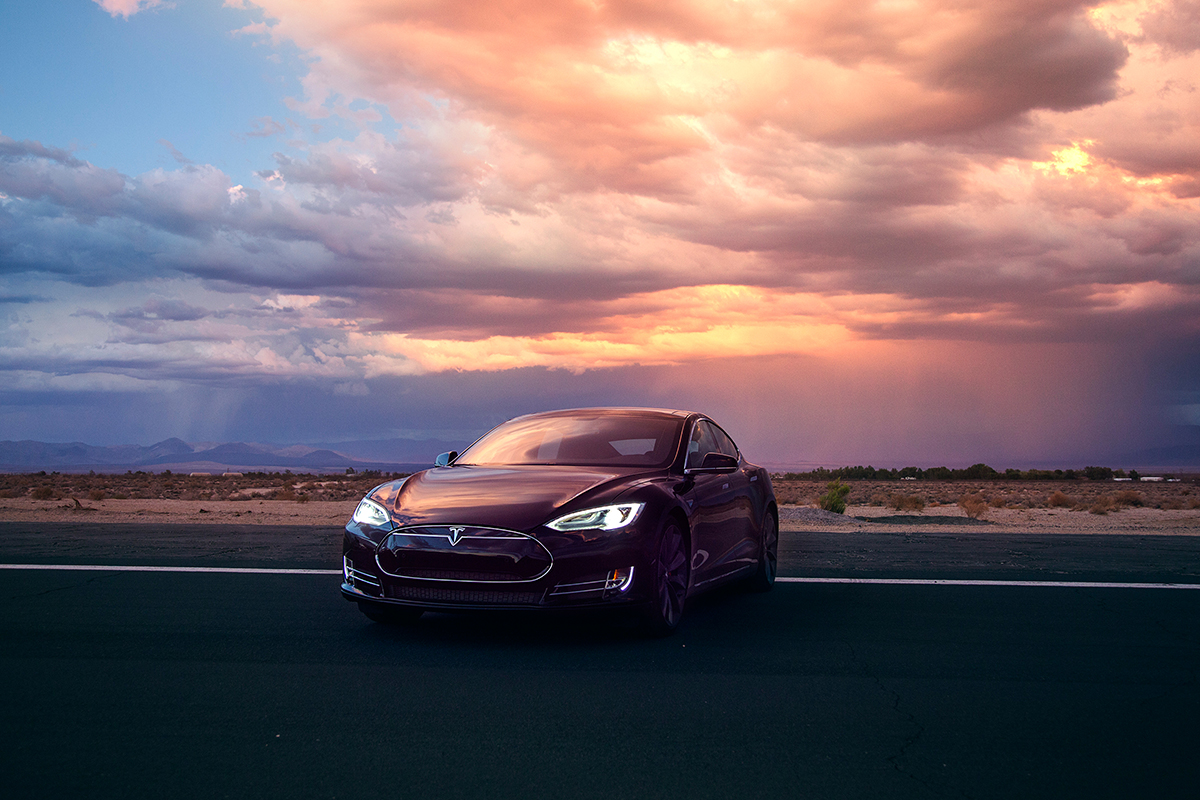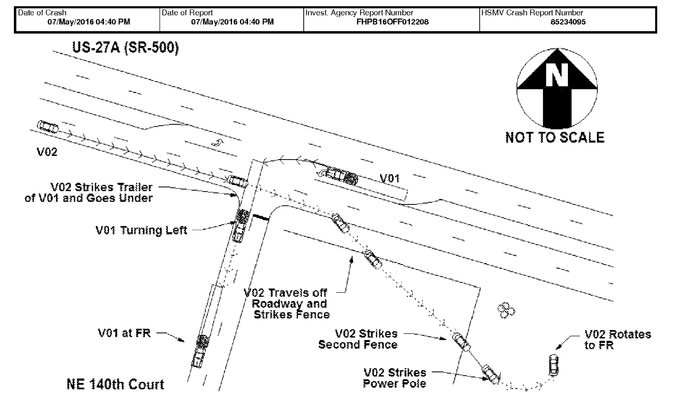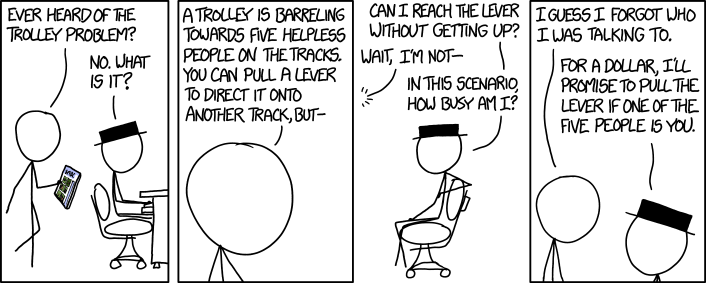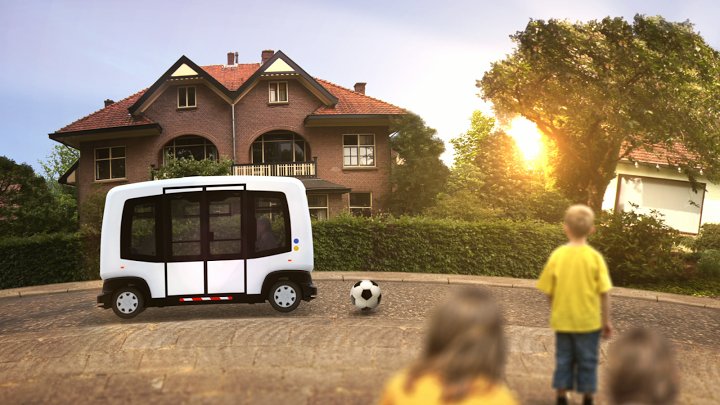Actual success in laws to reduce corruption and money in politics
Submitted by brad on Wed, 2016-08-31 20:11At this week's Singularity U Global Summit, I got a chance to meet with Josh Silver and learn about his organization, represent.us. I have written often in My New Democracy Category on ways to attack the corruption and money in politics. Represent.us is making a push for the use of laws to fix some of these issues, through ballot propositions.




 In other Uber news, Uber has announced it will sell randomly assigned Uber rides in their self-driving vehicles in Pittsburgh. If your ride request is picked at random (and because it's in the right place) Uber will send one of their own cars to drive you on your ride, and will make the ride free, to boot. Of course, there will be an Uber safety driver in the vehicle monitoring it and ready to take over in any problem or complex situation. So the rides are a gimmick to some extent, but if they were not free, it would be a sign of another way to get customers to pay for the cost of testing and verifying self-driving cars. The free rides, however, will probably actually cause more people to take Uber rides hoping they will win the lottery and get not simply the free ride but the self-driving ride.
In other Uber news, Uber has announced it will sell randomly assigned Uber rides in their self-driving vehicles in Pittsburgh. If your ride request is picked at random (and because it's in the right place) Uber will send one of their own cars to drive you on your ride, and will make the ride free, to boot. Of course, there will be an Uber safety driver in the vehicle monitoring it and ready to take over in any problem or complex situation. So the rides are a gimmick to some extent, but if they were not free, it would be a sign of another way to get customers to pay for the cost of testing and verifying self-driving cars. The free rides, however, will probably actually cause more people to take Uber rides hoping they will win the lottery and get not simply the free ride but the self-driving ride. Consider here in California, which is very solidly for Clinton. Nate Silver rates it as 99.9% (or higher) to go for Clinton. A vote for Clinton or Trump here is wasted. It adds a miniscule proportion to their totals. Clinton will fetch around 8 million votes. You can do the un-noticed thing of making it 8 million and 1, and you'll bump her federally by an even tinier fraction. Your vote can make no difference to the result (you already know that) and nor will it be noticed in the totals. You're throwing it away, getting an insignificant benefit for its use.
Consider here in California, which is very solidly for Clinton. Nate Silver rates it as 99.9% (or higher) to go for Clinton. A vote for Clinton or Trump here is wasted. It adds a miniscule proportion to their totals. Clinton will fetch around 8 million votes. You can do the un-noticed thing of making it 8 million and 1, and you'll bump her federally by an even tinier fraction. Your vote can make no difference to the result (you already know that) and nor will it be noticed in the totals. You're throwing it away, getting an insignificant benefit for its use.
 But it is a contest, and while it looks like
But it is a contest, and while it looks like  The same is true for trucks, but both trucks and buses have huge power needs which presents problems for having them be electric. Electric's biggest problem here is the long recharge time, which puts your valuable asset out of service. For trucks, the big win of having a robotruck is that it can drive 24 hours/day, you don't want to take that away by making it electric. This means you want to look into things like battery swap, or perhaps more simply tractor swap. In that case, a truck would pull in to a charging station and disconnect from its trailer, and another tractor that just recharged would grab on and keep it going.
The same is true for trucks, but both trucks and buses have huge power needs which presents problems for having them be electric. Electric's biggest problem here is the long recharge time, which puts your valuable asset out of service. For trucks, the big win of having a robotruck is that it can drive 24 hours/day, you don't want to take that away by making it electric. This means you want to look into things like battery swap, or perhaps more simply tractor swap. In that case, a truck would pull in to a charging station and disconnect from its trailer, and another tractor that just recharged would grab on and keep it going.
 Most importantly, it is far from complete. There is tons of stuff it's not able to handle. Some of those things it can't do are known, some are unknown. Because of this, it is designed to only work under constant supervision by a driver. Tesla drivers get this explained in detail in their manual and when they turn on the autopilot.
Most importantly, it is far from complete. There is tons of stuff it's not able to handle. Some of those things it can't do are known, some are unknown. Because of this, it is designed to only work under constant supervision by a driver. Tesla drivers get this explained in detail in their manual and when they turn on the autopilot.
 What does it look like?
What does it look like?

